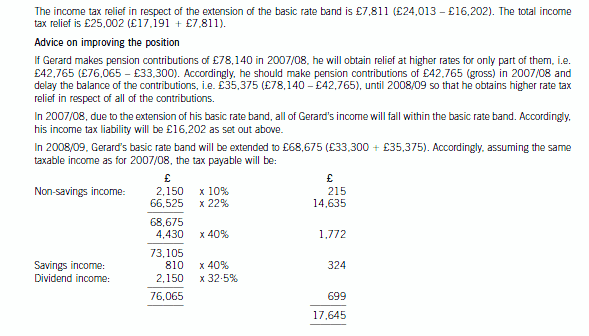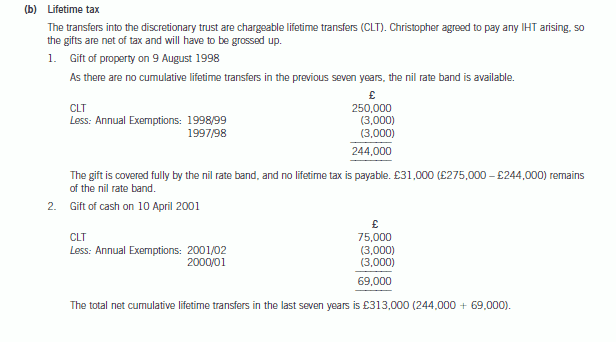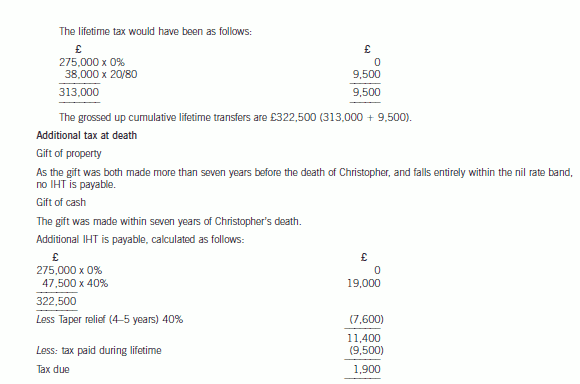海南省考生想知道ACCA的科目F3怎么备考?
发布时间:2020-01-10
步入2020年,离ACCA考试越来越近了,虽然在ACCA考试中F1科目是难度比较低的一个考试科目了,但还是很多ACCAer们不知道如何备考考试科目F1。不用担心,小伙伴们所遇到的问题51题库考试学习网都一一帮助大家找寻到了答案,现在就来告诉你:
F3科目介绍
F3财务会计师ACCA很重要的一个系列,主要包括财务会计的基本框架,如何运用复式记账法对企业发生的各项交易进行记录,对于考生的计算能力是一个十分巨大的挑战。试算平衡表的编制,合并报表的基本内容(该知识点在后续的F7、P2课程会有深入的学习),如何对财务报表进行分析,进一步探索报表数字背后的故事。作为财务会计基础类的一门课,要求学生夯实基础,为阶段学习打下坚实的基础。
备考心得
听网课与做题同步
报网课其实是最简单的,帮助最大的方法,听网课可以不用听直播课,但听课一定要和做题同步。
F3我就换了一种学习方式:听了一章的课程,就去做题,这样既巩固了这章课程的内容,又可以及时补漏了这章没学懂的。我觉得这种方式特别适合我这种记性不太好的人。
重难点要死磕到底
我的网课大概刷了20多天,后面报表的部分花的时间比较多,也是F3最难但又是最重要的部分。第一遍课听过去一脸懵,不知道讲了些什么,有点晕,自己又重新把讲义看了一遍,貌似悟到了一些
我是那种一个点没搞懂绝对不会放弃的人,于是又把没看懂的地方再看了一遍,然后在笔记本看自己总结的一些套路和需要注意的点,再去做BPP上的题。说实话有几个还是挺难的,它没有按套路出题,题目有些难懂,但是多读几遍,一句一句去分析还是能搞懂的。
做报表题我的思路是首先把套路写在草稿纸上然后再去一个点一个点去对应,这样子就不容易遗漏。因为我提前一个月就报名考试了,所以课上完了就没有任何可以停留的时间,就紧接着复习
讲义和刷题,孰轻孰重?
我的复习思路可能和大多数人不太一样,大部分人都把时间花在刷题上,而我是用周末整天的时间先把讲义看了一遍,边看边总结重点,每一次看讲义我都会有不同的收获,有些点之前不怎么明白的,也会在重复看讲义的时候豁然开朗,这时候也是最开心的。
考前查漏补缺不可少
第二遍BPP我只是把错题做了一遍,把一些概念性的题目总结在笔记本上。最后,考试的前一周,我就是听冲刺班的课和习题课,去查漏补缺,我个人认为这个课很重要,因为老师带着我把整本书的思路都串了一遍,这让我的整个知识框架更加得完整。
原地徘徊一千步,抵不上向前迈出第一步;心中想过无数次,不如挽起袖子大干一次。加油各位ACCAer们~
下面小编为大家准备了 ACCA考试 的相关考题,供大家学习参考。
(c) Calculate and explain the amount of income tax relief that Gerard will obtain in respect of the pension
contributions he proposes to make in the tax year 2007/08 and contrast this with how his position could be
improved by delaying some of the contributions that he could have made in 2007/08 until 2008/09. You
should include relevant supporting calculations and quantify the additional tax savings arising as a result of
your advice.
You should ignore the proposed changes to the bonus scheme for this part of this question and assume that
Gerard’s income will not change in 2008/09. (12 marks)




(b) Calculate the inheritance tax (IHT) liability arising as a result of Christopher’s death. (11 marks)



(ii) analytical procedures, (6 marks)
might appropriately be used in the due diligence review of MCM.
(ii) Analytical procedures
Tutorial note: The range of valid answer points is very broad for this part.
■ Review the trend of MCM’s profit (gross and net) for the last five years (say). Similarly earnings per share and
gearing.
■ For both the National and International businesses compare:
– gross profit, net profit, and return on assets for the last five years (say);
– actual monthly revenue against budget for the last 18 months (say). Similarly, for major items of expenditure
such as:
– full-time salaries;
– freelance consultancy fees;
– premises costs (e.g. depreciation, lease rentals, maintenance, etc);
– monthly revenue (also costs and profit) by centre.
■ Review projections of future profitability of MCM against net profit percentage at 31 December 2004 for:
– the National business (10·4%);
– the International business (38·1%); and
– overall (19·9%).
■ Review of disposal value of owned premises against book values.
■ Compare actual cash balances with budget on a monthly basis and compare borrowings against loan and overdraft
facilities.
■ Compare the average collection period for International’s trade receivables month on month since 31 December
2004 (when it was nearly seven months, i.e.
$3·7
–––– × 365 days) and compare with the National business.
$6·3
■ Compare financial ratios for each of the national centres against the National business overall (and similarly for the
International Business). For example:
– gross and net profit margins;
– return on centre assets;
– average collection period;
– average payment period;
– liquidity ratio.
■ Compare key performance indicators across the centres for the year to 31 December 2004 and 2005 to date. For
example:
– number of corporate clients;
– number of delegates;
– number of training days;
– average revenue per delegate per day;
– average cost per consultancy day.
(b) Explain how the non-payment of contributions and the change in the pension benefits should be treated in
the financial statements of Savage for the year ended 31 October 2005. (4 marks)
(b) The contributions payable by Savage to the trustees will not count as an asset for the purposes of the valuation of the fund.
IAS19 (paragraph 103) states that plan assets should not include unpaid contributions due from the reporting entity to the
fund. Thus in the financial statements of Savage the contributions would be shown as an amount payable to the trustees
and there may be legal repercussions if the amount is not paid within a short period of time. Following the introduction of
changes to a defined benefit plan, a company should recognise immediately past service costs where the benefit has vested.
In the case where the benefits have not vested then the past service costs will be recognised as an expense over the averageperiod until the benefits vest. The company will therefore recognise $125 million at 1 November 2004.
声明:本文内容由互联网用户自发贡献自行上传,本网站不拥有所有权,未作人工编辑处理,也不承担相关法律责任。如果您发现有涉嫌版权的内容,欢迎发送邮件至:contact@51tk.com 进行举报,并提供相关证据,工作人员会在5个工作日内联系你,一经查实,本站将立刻删除涉嫌侵权内容。
- 2020-03-07
- 2020-01-10
- 2020-02-18
- 2020-03-08
- 2020-01-10
- 2020-04-10
- 2020-04-23
- 2020-01-09
- 2020-01-10
- 2020-01-09
- 2020-02-02
- 2020-05-08
- 2020-01-10
- 2020-01-09
- 2019-07-20
- 2020-05-09
- 2021-09-22
- 2020-05-20
- 2020-01-09
- 2020-04-12
- 2020-01-14
- 2019-07-20
- 2020-01-09
- 2020-01-30
- 2020-04-29
- 2020-04-12
- 2020-02-12
- 2020-04-20
- 2020-01-10
- 2020-01-10